How Super Mario Bros. Wonder Pays Homage To The Past As It Expands In New Directions

Following the last entry in the New Super Mario Bros. series, which was based on the idea of recreating the experience of the original Super Mario Bros. game from 1985 in a modern way, Nintendo went back to the drawing board. The four New Super Mario Bros. titles were extremely popular and well received, but the developers still wanted to offer something new to the 2D fans.
Shiro Mour, director of Super Mario Bros. Wonder says: “The New Super Mario Bros. franchise has existed for a long time since New Super Mario Bros. was released on Nintendo DS. We wanted to make a 2D Mario adventure that is all new.” That’s where this project was born.
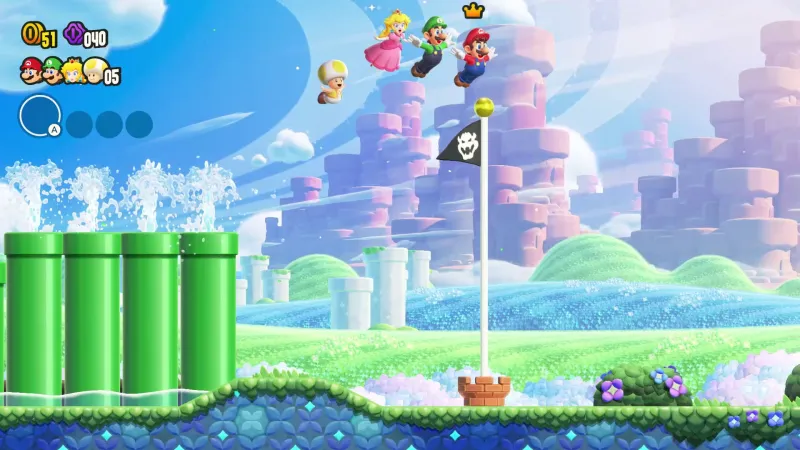
Despite the initial desire to create something new, Mouri and his development team started thinking about what made the series so distinct and special in the first place. Mouri joined Nintendo in the late 1990s and has worked on titles like Super Mario Sunshine, The Legend of Zelda: A Link Between Worlds, and New Super Mario Bros. U, but he wanted to examine the impact of games that came out prior to his tenure at Nintendo.
Mouri believes that “the first Super Mario Bros. video game is a real game with mysteries and secrets.” If you pick up a mushroom for example, it will make your body bigger. You can also go through pipes at first that seem as if they are just obstructions, only to find out you have access to an area underground. “It’s filled with mysteries and secrets.”
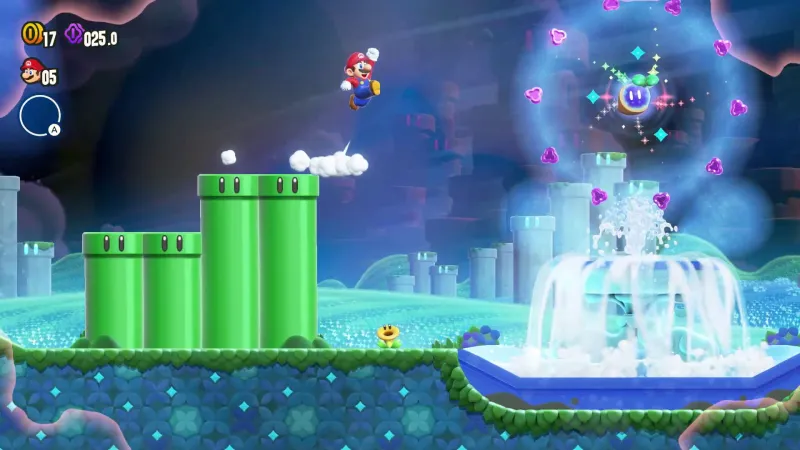
Mouri used this inspiration to help him develop Super Mario Bros. Wonder. However, he wanted it to be done in a unique way. As the series progressed, and as there were many entries, Mouri realized the idea of secrets and mysteries had become a standard. “That’s something we tried to combat that challenge that we saw – this new challenge that arose.”
Mouri was inspired by the most fundamental tenets of the original Super Mario Bros., such as the ability to climb up a vine or go down a tube to reach a secret location, and considered how to improve on that idea. He says that the idea behind it was to grab an object and move you into a new area. When we actually made it and showed it to [producer Takashi]Tezuka replied, “Well, even if you warp to another place, the result is basically the same.” You can change where you are right now. “When I first heard this, I immediately thought: ‘Why not try to change the whole course instead of just a small section?’
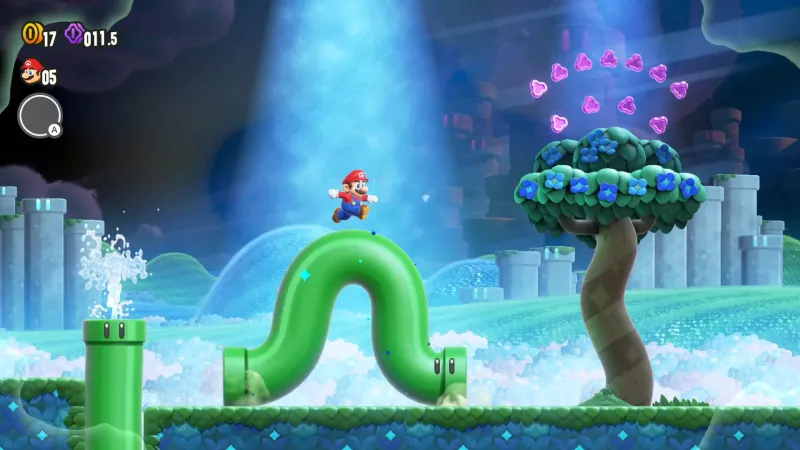
Mouri brainstormed ideas and came up with the Wonder Effects concept. This concept is now known as Wonder Effects. Mouri initially wanted the teams to develop several powerful ideas to be used in selected stages. Tezuka however, who has directed Super Mario World as well as The Legend of Zelda: A Link to the Past and Super Mario World 2: Yoshi’s Island had bigger ambitions. He loved the concept, but he felt that they shouldn’t pick and choose which levels to use these Wonder Effects. They should include them in all of them.
Mouri initially shook his head at this suggestion. This was partly because Wonder Flower, which activates Wonder Effect for that level is an optional item to collect. “I was forced to question myself: ‘Are you sure we’re going to do it?’ He says. “And I thought that because what that means – having every main course have that – there’s going to also be work that needs to be [done]Because the experience of the game is completely different when you touch and don’t touch Wonder Flower. This means that we will have to repeat this process for each and every course. It was only then that I could ask him: “Are we going to do this?” “Yes, he replied.”
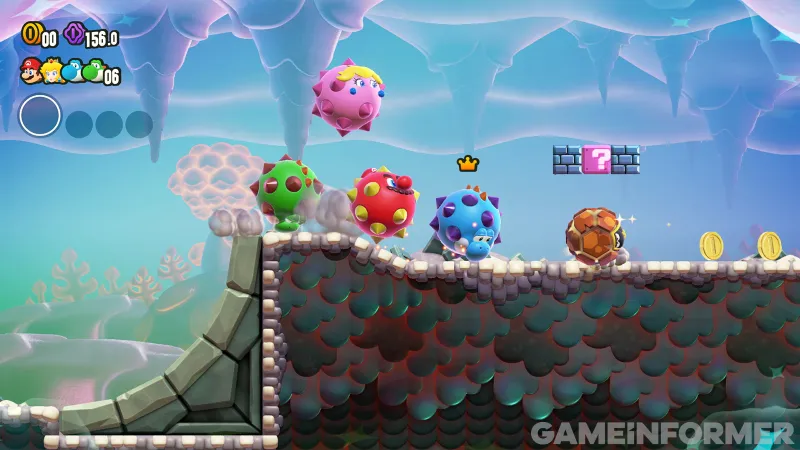
Mouri would always refer back to the original idea that filled the game with mysteries and secrets. Mouri tells me he recognized early that Tezuka’s idea was correct: The team couldn’t deliver the Wonder Effects on a few main levels. They had to be featured in every level.
It turns out that Mouri wasn’t alone in referencing previous Super Mario Bros. titles when he and his team were working to come up with the thousands of Wonder Effects ideas he described. When Nintendo revealed Super Mario Bros. Wonder in June 2013, the expressive art style quickly rose to the top of its list of distinguishing factors. It was joined by the Wonder Effects and unique power-ups.
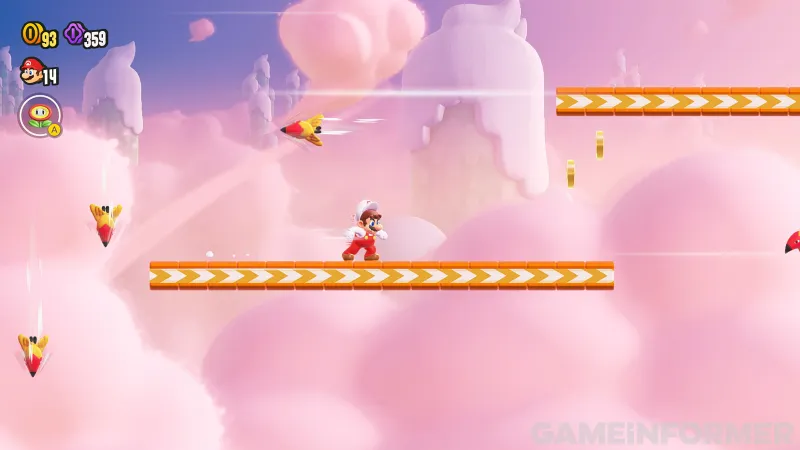
Masanobu Sato, the art director of Super Mario Bros. Wonder, says that he didn’t take any inspiration from Mouri directly or specifically. However he took cues and ideas from Mouri. Sato says that if he had to pick, the pixel-art from previous Super Mario Bros. titles had an influence on this title. You can see a lot of hidden clues in old artwork, where artists had to regretfully and sadly give up on certain details because of technical limitations of the hardware. The artists had a difficult time updating these to be able to hold up in a modern environment.
Super Mario Bros. Wonder, with its inspiration in art and gameplay is clear, but it does not give us the feeling of déjà vu. Instead, Super Mario Bros. Wonder gives a new look and feel to a series that’s been around for almost 40 years. With the launch of Super Mario Bros. Wonder in only two weeks, I’m eager to uncover the secrets and mysteries Mouri Tezuka Sato and their team has hidden within the game.
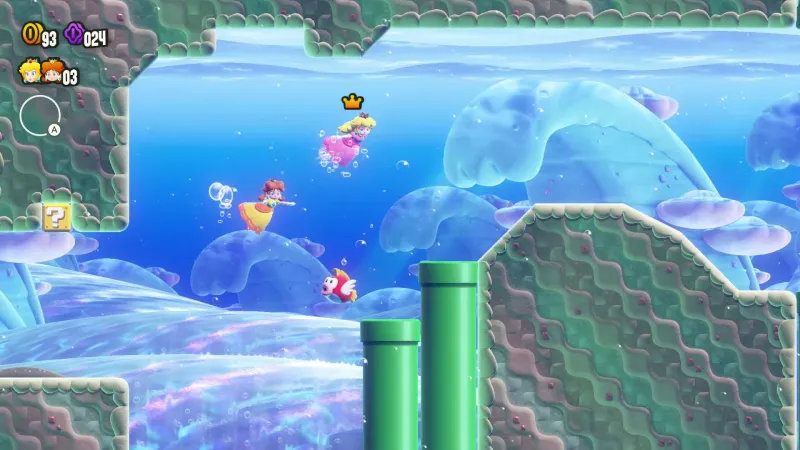
Super Mario Bros. Wonder is released for Switch on 20th October. Click the banner to the left or read the latest cover of the magazine for more information on this upcoming game.
#Super #Mario #Bros #Pays #Homage #Expands #Directions








